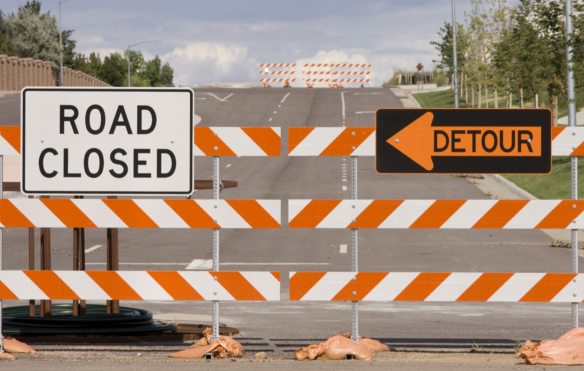Failure to invest in long-term infrastructure upgrades could result in trillions of dollars in lost business productivity and severely disrupt the movement of people and freight, according to the American Society of Civil Engineers.
In a report released in January, “Failure to Act: Economic Impacts of Status Quo Investment Across Infrastructure Systems,” the association projects a decline in business productivity of about $23 trillion over the next two decades without substantial funding to address the nation’s infrastructure needs, including roads, bridges, tunnels, power grids and water systems.
The report also says that continuing with subpar infrastructure through 2039 could lead to a loss of $10 trillion in gross domestic product as well as 3 million jobs. It also said that even with planned investments of $7.3 trillion there would still be a $5.6 trillion investment gap by 2039.
The report notes that the harshest economic effects would occur between 2030 and 2039, which gives the country time to head off drastic economic consequences.
The report, according to ASCE Executive Director Tom Smith, “finds, in short, that we are treading water. “In the areas that are most recognizable to Americans — water, wastewater and surface transportation — we’re falling farther behind.”
According
to the report, “businesses and households face higher costs due to
several factors, including unreliable transportation services, less
reliable water and electricity services, as well as unmet maintenance
needs and outdated facilities for airports, seaports and on inland
waterways,” the report says. “These costs absorb funds from businesses
that would otherwise be directed to investment or research and
development and from households that would go toward discretionary
consumer purchases.”
Long-term funding
Smith
said that “America’s infrastructure bill is overdue, and we have been
ignoring it for years. “There’s no better way to jump-start the economy,
while also lessening the financial burden on businesses and families,
than by
making a down payment on our infrastructure now — transit systems,
bridges, water treatment plants and the grid — to ensure these systems
are sustainable, resilient and safe for communities across the nation.”
The
report says one way to address the situation is through development of
longterm sources of federal funding as well as investment in commercial
infrastructure networks.
“The U.S. economy relies on low transportation costs and the reliable delivery of clean water and
electricity to businesses and households to offset higher wages and
production costs when compared to many of our international
competitors,” the report says. “Analyses show that business costs and
prices will increase if surface transportation systems worsen, ports and
inland waterways become outdated or congested, and if water, wastewater
and electricity infrastructure systems deteriorate or fail to keep up
with changing demand.”
In
a Jan. 12 webinar to unveil the report, Smith was optimistic large,
long-term federal infrastructure investment would be coming this year,
citing the need to boost an economy as well as new leadership on Capitol
Hill and in the White House.
“Increasing
our investment in infrastructure will jump-start our economy and will
help us out of the Covid-19 economic downturn,” Smith said.
“Infrastructure is the backbone of our economy.”